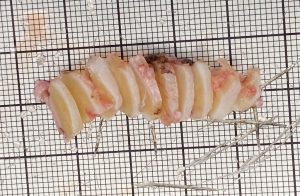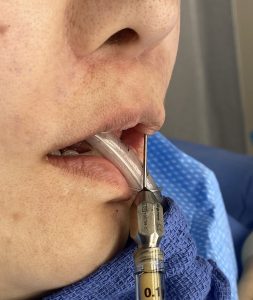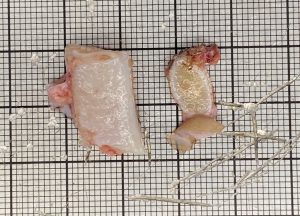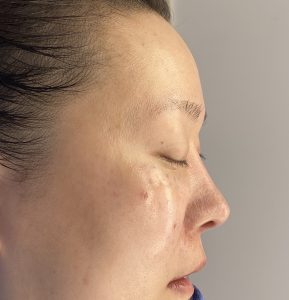Background: The shape of the face is controlled by many factors including its width and anterior/horizontal projection. When viewed in the middle facial third the facial shape is a function of cheek and maxillary forward growth vs the width of the cheek and zygomatic arches. In certain ethnicities the balance of the forward projection of the midface to the width is different from that of the Caucasian face. The forward growth of the midface often has less projection with more facial width.
In aesthetic augmentation of the Asian midface a wide variety of techniques are available from injectable fillers and fat, bone or cartilage grafts and implants. Each has their own advantages and disadvantages but the ultimate decision for the patient comes down to their feeling about implants. Implants provide the most definitive midface augmentation effect that has assured permanent volume retention. But for some patients the concept of an implant is not appealing and they prefer a more natural approach.
When augmenting the midface it is important to recognize that the greatest push that is needed is over the most concave midfacial area….as it is the deepest. This is around the pyriform aperture region around the base of the nose. (premaxillary-paranasal midface region) This is also the tightest tissue area of the midface due to the attachment of the nose. Thus a greater push of any tissue graft is needed around the base of the nose as opposed to that of the more lateral cheeks.
Case Study: This female had a prior rib graft rhinoplasty with much improved projection and shape to the nose. This, however, magnified the more recessed projection of the rest of the midface. She desired a tissue grafted midface augmentation for a more harmonious midface shape.




Case Highlights:
1) An augmentative rhinoplasty in a less projected midface may create the aesthetic need for building up the areas around the nose.
2) An autologous midface augmentation uses the body’s own tissue an onlay and overlay tissue grafting.
3) The diced rib cartilage technique is rhinoplasty can be equally applied to rib graft paranasal augmentation.
Dr. Barry Eppley
Indianapolis, Indiana







